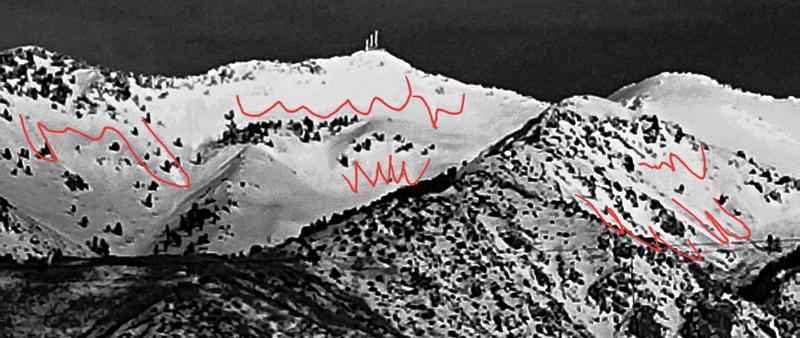Forecast for the Ogden Area Mountains

Issued by Drew Hardesty on
Monday morning, January 29, 2024
Monday morning, January 29, 2024
- A MODERATE DANGER exists on steep west to north to southeast facing slopes for triggering a 2-5' thick hard slab avalanche that fails on a persistent weak layer. Human triggered avalanches are possible and more likely in steep, thin, rocky terrain.
- With clear skies and skyrocketing temps, the danger for wet avalanches will rise to CONSIDERABLE on all steep sunny (as well as low elevation shady) slopes. Don't overstay your welcome in the oven.
- Last, don't be surprised to trigger new but shallow soft slabs of wind drifted snow in the highest elevations today.

Low
Moderate
Considerable
High
Extreme
Learn how to read the forecast here











